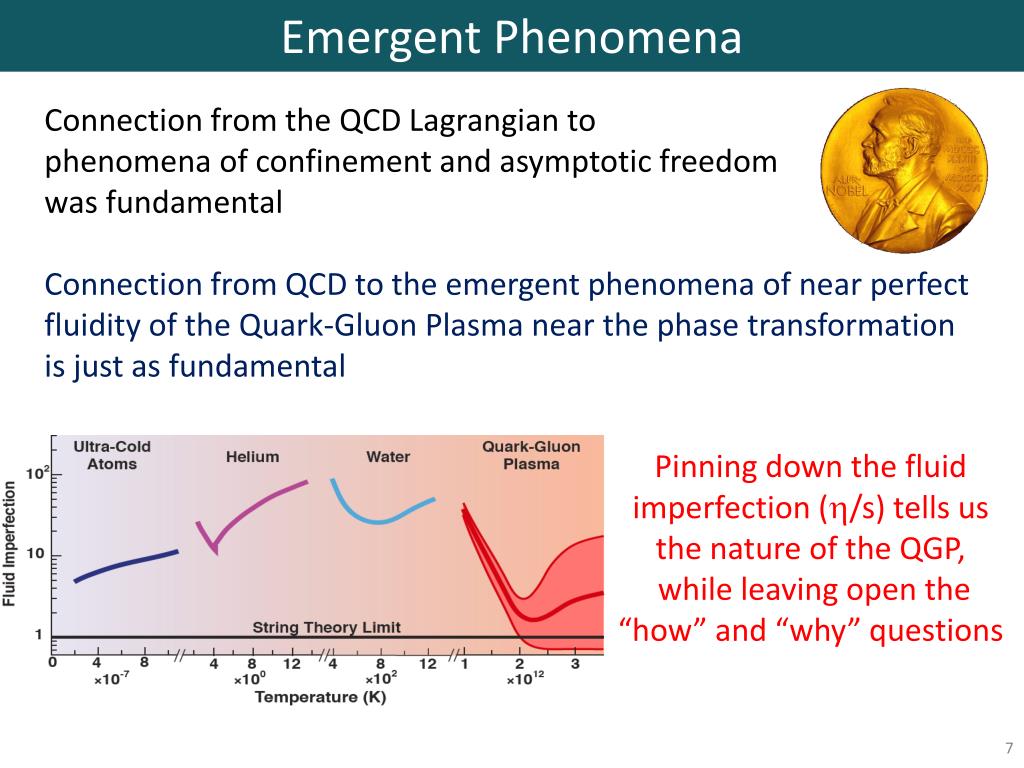

Therefore, even for a hypothetical universe that only involves massless excitations, one would still need the concepts of time and mass to understand it.
WEAKLY EMERGENT PHENOMENA FULL
And for a universe full of only massless particles, it makes sense to ask things like how that universe expands with time. An innocent form of emergencewhat I call 'weak emergence'is now a commonplace in a thriving interdisciplinary nexus of scientific activitysometimes called the 'sciences of complexity'that include connectionist modelling, non-linear dynamics (popularly known as 'chaos' theory), and artificial life.1After defining it, illustrating it in two co. So, for example, for two photons speeding apart, it makes sense to ask where the center of mass of the two photon system is, and how the distance of each photon from this center changes with time. Misconception #2: If there were no massive particles, mass and time would be meaningless.Įven if the rest frame of reference for a single massless particle does not exist, the overall rest frame for a collection of more than one does.

I don't know of an exact word for this difference in general, but in condensed matter one speaks of a quasiparticle or dressed particle, which is a very similar idea. But this is different than something being a composite particle. Because the Higgs field couples the two chirality states together, an electron with definite energy has a different character in its presence*. Now, it is true that the the Higgs field, in a sense, alters what an electron is.

The definition of an elementary particle is one which has no substructure, and an electron as far as we know does not. Weak emergence is the notion of emergence that is most common in recent scientific discussions of emergence, and is the notion that is typically invoked by. Misconception #1: "An electron isn't sincerely an elementary particle." This is not correct. Your reasoning makes sense for someone who has read various popular treatments of these issues, but as is often the case the simplifications in these lead to misconceptions.


 0 kommentar(er)
0 kommentar(er)
